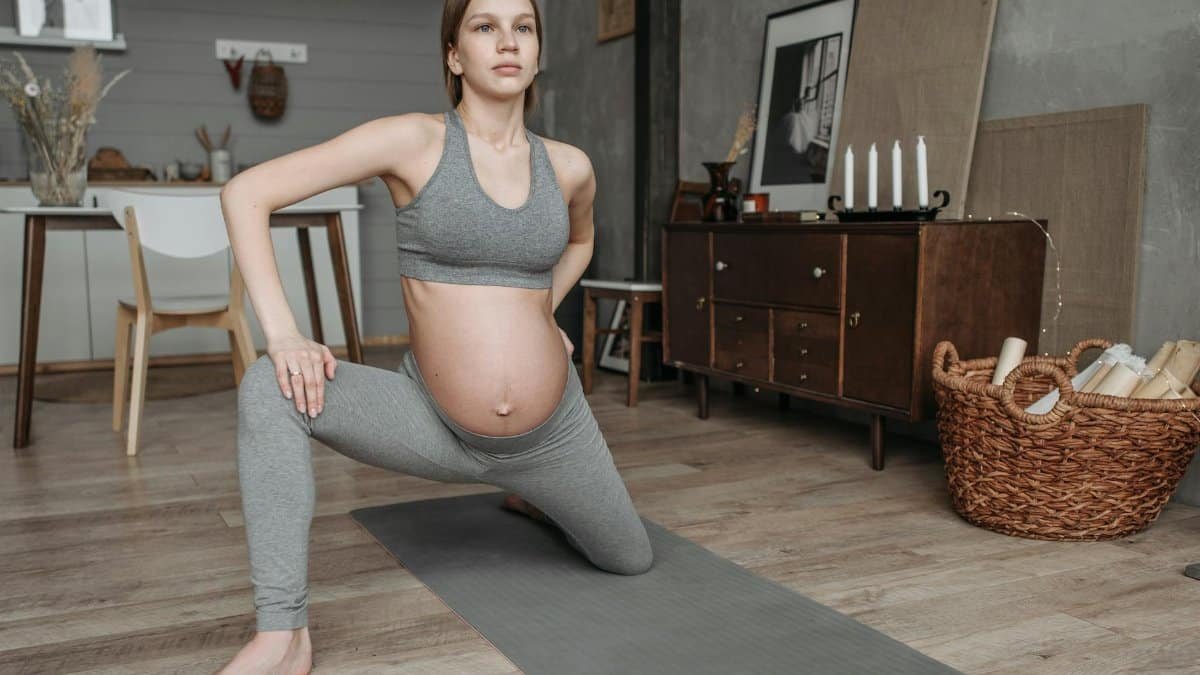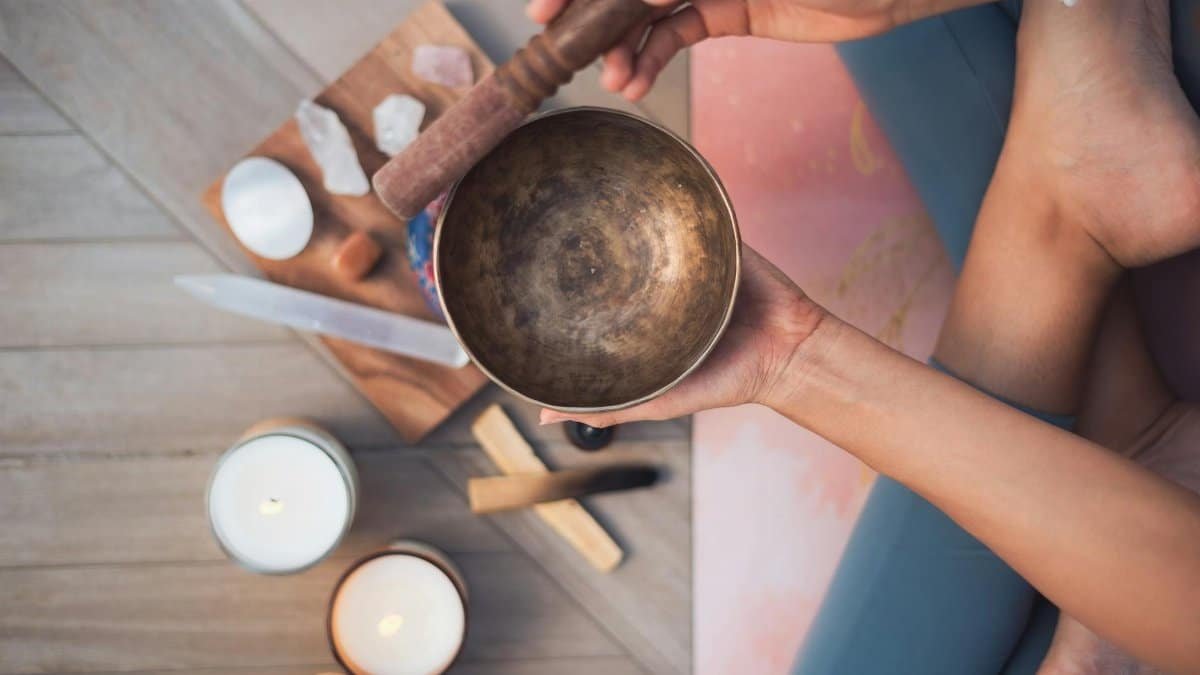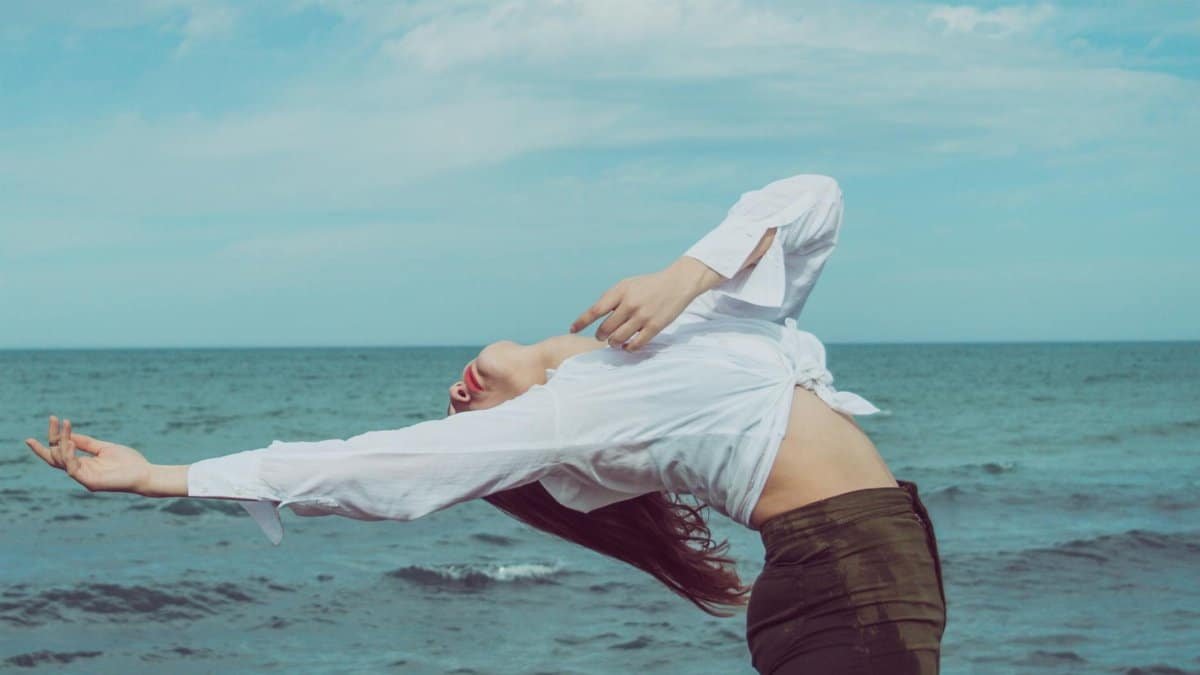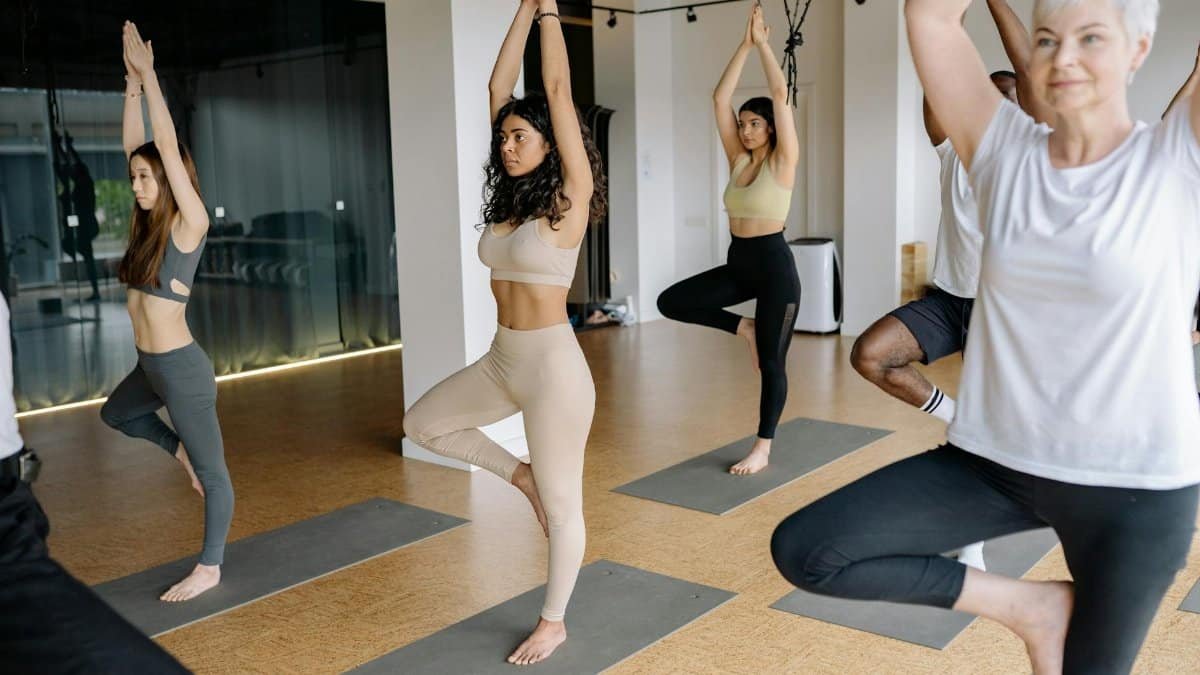In a nation where stress levels are skyrocketing, consider this eye-opening data: According to a 2024 survey by the American Psychological Association, nearly 80% of adults report feeling overwhelmed by daily pressures, up from 65% just five years ago. This surge has fueled a quiet revolution in self-care practices, with yoga routines emerging as a go-to antidote for many seeking solace. Far from the trendy studio classes of yesteryear, these routines are now tailored for home use, blending ancient wisdom with modern science to foster calm. As we navigate the demands of 2025, from hybrid work setups to constant digital noise, incorporating simple yoga sequences can shift the tide. But what makes them effective? It’s not just the poses; it’s the intentional breath and mindfulness that rewire our response to tension. This article breaks down seven accessible routines, each designed to cultivate tranquility, with a special nod to Routine #5, which targets everyday physical and mental strain.
1. Sunrise Awakening Flow

Imagine starting your day not with a jolt of caffeine, but with a gentle series of movements that greet the morning light. The Sunrise Awakening Flow begins with standing tall in Mountain Pose, arms reaching skyward as if pulling in the day’s first rays. From there, transition into a forward fold, letting gravity release overnight stiffness. This routine, typically lasting 10 to 15 minutes, emphasizes slow, deliberate breaths synced with each posture.
Research supports its benefits. A study from Harvard Medical School highlights how morning yoga can lower cortisol levels, the hormone tied to stress. Participants who practiced similar flows reported improved mood throughout the day.Harvard Health Publishing details these findings, underscoring yoga’s role in regulating the nervous system.
One practitioner, a busy teacher in Chicago, shared how this routine transformed her mornings. “Before, I’d rush out the door frazzled,” she recalled. “Now, it’s like resetting my internal clock.” Yet, it’s not without challenges—beginners might feel awkward at first, but persistence pays off. Vary the pace: on hectic days, shorten it to five minutes; on weekends, extend for deeper relaxation. This flexibility makes it ideal for Americans juggling packed schedules in 2025, where work-life balance remains elusive.
As the flow progresses to Cat-Cow stretches on all fours, feel the spine undulate, easing back tension built from hours at a desk. End with Child’s Pose, forehead to the mat, surrendering to the moment. It’s a subtle reminder that calm isn’t something to chase—it’s already within reach.
2. Breath-Centered Harmony Sequence

What if the key to calm lay not in complex poses, but in the simple act of breathing? The Breath-Centered Harmony Sequence dives straight into this idea, starting with seated diaphragmatic breathing. Inhale deeply through the nose, expanding the belly, then exhale slowly, drawing the navel inward. Repeat for several cycles before incorporating gentle twists.
This approach draws from pranayama traditions, adapted for contemporary life. The National Institutes of Health notes that controlled breathing activates the parasympathetic nervous system, promoting relaxation. A linked review in their database explores how such practices reduce anxiety symptoms.NIH Study on Breathing Techniques.
Picture a software engineer in Seattle, overwhelmed by deadlines. He integrated this routine during lunch breaks, finding it quelled racing thoughts. Online discussions often echo this: one anonymous account described feeling “like a storm inside finally quieted” after just a week. However, it’s crucial to avoid forcing breaths—gentleness is key to prevent dizziness.
Build on the foundation with alternate nostril breathing, a technique that balances energy. Alternate closing each nostril, inhaling and exhaling methodically. Over time, this sequence fosters mental clarity, especially useful amid the information overload of 2025. Transition smoothly to a reclined position for final relaxation, letting the breath anchor you.
3. Gentle Lunar Wind-Down

As evening falls, the Gentle Lunar Wind-Down invites a softer pace, contrasting the day’s hustle. Begin lying on your back, knees hugged to chest, rocking side to side to massage the lower back. This routine, best done before bed, incorporates restorative holds like Legs-Up-the-Wall Pose, where gravity aids circulation.
Evidence from the Mayo Clinic suggests evening yoga routines improve sleep quality by easing the mind-body connection. Their resources outline how such practices decrease insomnia rates.Mayo Clinic on Yoga for Stress.
A retiree in Florida turned to this after restless nights. “It was like flipping a switch,” she said, her voice steady with relief. The routine’s emphasis on long holds allows tensions to melt away gradually, though some find the stillness initially uncomfortable, revealing deeper unrest.
Incorporate forward bends to release hamstring tightness, common from sedentary lifestyles. End with a supported bridge pose, using a pillow under the hips for comfort. In a year like 2025, with remote work blurring boundaries, this sequence reclaims evenings for true rest, weaving calm into the fabric of daily life.
4. Mindful Balance Circuit

Balance isn’t just physical—it’s emotional too. The Mindful Balance Circuit starts with Tree Pose, one foot rooted to the ground, the other pressed against the inner thigh, arms branching overhead. Hold, then switch sides, focusing on a fixed point to steady both body and mind.
Pew Research Center’s data on wellness trends shows a rise in mindfulness practices among middle-aged Americans, with yoga playing a pivotal role. Their 2024 report links balance exercises to enhanced emotional resilience.Pew Research on Mindfulness.
Consider a marketing executive in New York who adopted this amid career upheaval. It grounded her, she explained, turning wobbles into moments of insight. Yet, the circuit challenges assumptions: falling out of pose isn’t failure; it’s part of the learning curve.
Progress to Warrior III, extending limbs like a plane in flight, building core strength. Vary intensity by adding flows between poses. This routine’s adaptability suits the diverse lifestyles of 2025, from urban dwellers to suburban parents, all seeking equilibrium in an unsteady world.
5. Tension-Release Cascade

Routine #5 stands out for its direct assault on built-up tension, beginning with neck rolls and shoulder shrugs to loosen the upper body. Circle the head gently, then lift shoulders to ears and drop them, repeating to dispel knots from hours hunched over screens.
This cascade draws on progressive relaxation techniques, backed by studies from the University of California, Berkeley, which show targeted yoga reduces muscle tension and related headaches. Their wellness center provides detailed guides.Greater Good Science Center at UC Berkeley.
A nurse in Texas, dealing with shift work stress, found solace here. “It eases the weight I carry,” she noted, her experience mirroring many in high-pressure jobs. Online, similar stories surface: one shared how it “melted away the day’s grip” without naming the forum.
Move into seated forward folds, reaching for toes to stretch the back body. Incorporate eagle arms for shoulder release, twisting limbs to unwind tightness. In 2025’s climate of economic uncertainty, this routine offers practical relief, proving yoga’s power to ease both physical and emotional burdens. End with a full-body scan, noting and releasing lingering stress.
6. Restorative Stillness Practice

Sometimes, calm comes from doing less. The Restorative Stillness Practice uses props like blankets and bolsters for supported poses held for minutes. Start with a supine twist, bolster under the knees, allowing the spine to unwind passively.
The Cleveland Clinic affirms that restorative yoga lowers blood pressure and enhances recovery. Their health library elaborates on these effects.Cleveland Clinic on Yoga Benefits.
An artist in Portland embraced this after burnout. “It’s permission to just be,” he reflected, highlighting the routine’s subtle potency. Challenges arise in quieting the mind, but that’s where growth happens—embracing stillness amid distractions.
Follow with a supported child’s pose, forehead on a block. This sequence, ideal for evenings, counters the always-on culture of 2025, fostering deep rest that rejuvenates without effort.
7. Integrated Calm Meditation Flow

Blending movement with meditation, the Integrated Calm Meditation Flow opens with walking meditation—slow steps around the room, attuned to each footfall. Then settle into seated poses, weaving in affirmations like “I am calm.”
A Johns Hopkins Medicine review connects meditative yoga to reduced depression symptoms. Their site offers evidence-based insights.Johns Hopkins Medicine on Yoga.
A parent in Atlanta wove this into family time, noting it brought collective peace. “We all breathe easier now,” she said. The flow’s hybrid nature addresses multifaceted stress, from personal to societal pressures in 2025.
Conclude with corpse pose, integrating all elements. This routine encapsulates yoga’s holistic promise, turning routines into rituals for enduring calm.
